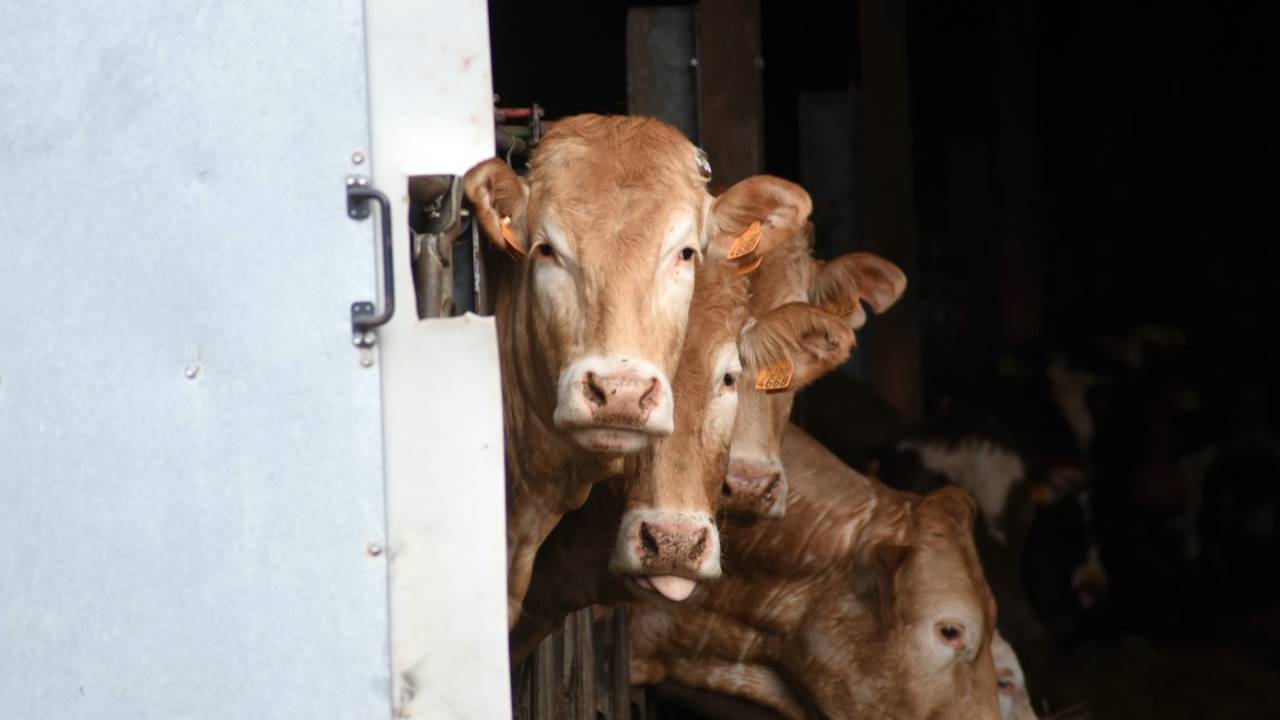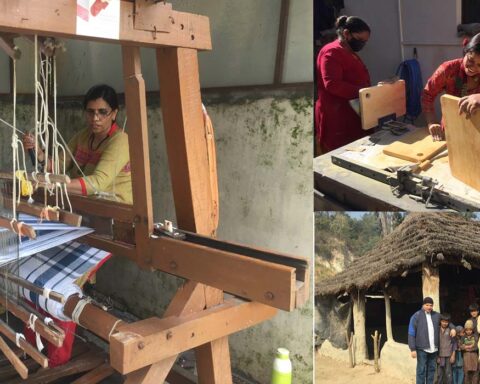On March 10, beer company South African Breweries announced that it will soon use the manure of over 7,000 cows to power its operations. In a statement, the company briefed about the power-purchase agreement with Bio2Watt, an industrial-scale biogas waste-to-energy company that works on the principles of clean energy production from natural sources and utilisation of what typically goes into landfills in energy generation.
In December 2021, Royal Dutch Shell Plc announced that, in two years, its trucks in Germany will be running on fuel made partly from manure at one of Europe’s biggest oil refineries. The company aims to produce “carbon-neutral” liquefied natural gas with a bio-component for use in heavy vehicles. Trucks using the fuel can travel for 1,500 kilometres without refilling.
In India, a social entrepreneurship venture Arth is trying to reduce air pollution due to cremations by using clean-energy biomass ‘logs’. The amount of wood used in traditional cremations in the country is a huge problem in terms of air and land pollution and the felling of trees. Forecasts indicate that the IIT Delhi project will prevent the escape of around 2.3 million tonnes of carbon dioxide and 4,500 tonnes of methane and generate around £4 million in wages for the local economy in the next two years.
Increasingly, cattle waste is where the action is global. In India, the reasons go beyond sentiments. On February 19, 2022, Prime Minister Narendra Modi inaugurated Gobar-Dhan (BioCNG) plant in Indore and said that in the coming two years, such plants will be established in 75 big municipal bodies, to make cities clean and pollution-free and help them use clean energy. The programme will next move to villages, helping farmers earn extra income and address the problem of stray cattle.
A Cleaner Energy Source
While cow dung for decades has been considered a natural clean energy resource, it has managed to gain preference and push from societies, in India and outside, only now. Blame this to the shortage and pollution of traditional fuels used to generate power, mounting pressure on societies to lower carbon emissions, and sustainability, accessibility and economy of renewable energy sources.
Biomethane production from large-scale biogas plants helps save fossil fuels, handle waste better, create jobs, reduce odour and greenhouse gas reduction, say researchers. While the government has launched and promoted many waste-to-energy schemes to install large-scale biogas plants in India, methane leaks from various plants created problems, contributing to global warming and compromising environmental benefits. Findings of the research paper show that GHGs emissions of bio-CNG along its value chain (i.e., generation to utilisation) are lower than other fuel options.
The paper adds, if harnessed correctly, municipal solid waste and wastewater energy can replace 4053.47 tonnes of India’s diesel consumption per day. However, less than 2.5 percent of net bio-CNG potential is utilised in the current scenario, presenting an opportunity still to be cashed.
The realisation, though, has led to interest and tenders from municipalities.
Last month, Rourkela Municipal Corporation (RMC) initiated a step to set up a 5 TPD (tonne per day) capacity bio-methanation-cum-electricity generation plant to make the city cow dung free. The plant will treat biodegradable organic waste, mainly cattle dung, collected from cattle sheds to keep the city litter-free while generating power and manure.
Cow Dung: The Chhattisgarh Case
An interesting case in the state of Chhattisgarh, where the state government is using cow dung and urine to serve more purpose than just power.
On March 9, Chhattisgarh Chief Minister Bhupesh Baghel carried a bag made of cow dung to present the budget in the Chhattisgarh Assembly. Made over a period of 10 days in a Raipur-based gauthan or cattle shed premises, the briefcase used ingredients such as cow dung powder, gum and flour.
Since 2020, the Chhattisgarh government is running Godhan Nyay Yojana to provide income support to cattle owners through procurement of cow dung for vermicompost, to address the shortage of chemical fertilisers in the state. The state is the first in India to buy cattle dung, currently at ₹2 per kg. Last month, the government informed about signing memorandums of understanding with five entrepreneurs to set up power plants to generate electricity using cow dung under the scheme.
Bhupesh Baghel credits the Godhan Nyay Yojana for helping the state sail through hard times during the Covid-19 pandemic and strengthening the rural economy through the unutilised disposable cow dung procured from livestock owners and villagers. The scheme is helping people make products at Gauthans (cattle shed premises), which the government plans to develop as Rural Industrial Parks in different districts, and open the scope of employment, generate trade and boost the rural economy.
In October 2021, Chhattisgarh also launched a cow dung based power generation project.
A Space for Innovation
A major force underlining the significance of cow dung is the string of innovations and initiatives from individuals. Today, people and organisations are using cow dung to make jewellery, eco-friendly nursery pots, soap, a waterproof, washable paint, and a way to turn salty seawater into drinkable water and make a chip that reduces radiation from mobiles, to name a few. These innovations are in addition to the old practices of using cow dung in farming as manure and cleaning households.
The popularity of organic farming and naturopathy have also boosted the procurement of cow dung and urine. In November 2021, in a first, a cow urine bank came up in Birsa Agriculture University, Ranchi, Jharkhand.
Another university, Dr Rajendra Prasad Agriculture University in Madhubani, Bihar, is also doing interesting work with cow dung. Under its Sukhet model, the university collects cow dung and waste from village houses and, in return, gives money for gas cylinders. The waste collected from the village is used to manufacture vermi-compost for farmers. The world came to know about the model from Prime Minister Narendra Modi, who praised the model in Mann Ki Baat on August 29.
While there are actions and mentions, the real success of the dung economy depends on the regular supply of this bio-waste to fuel these programmes. Many observers believe that the bio-CNG plant at Indore will still function well, as the city has 100 percent waste segregation in place, the other civic bodies may face the challenge of a consistent supply of the fuel. Then comes the quality of the cow dung. With school-going children researching the waste already, one can be hopeful of its better uses further.


























